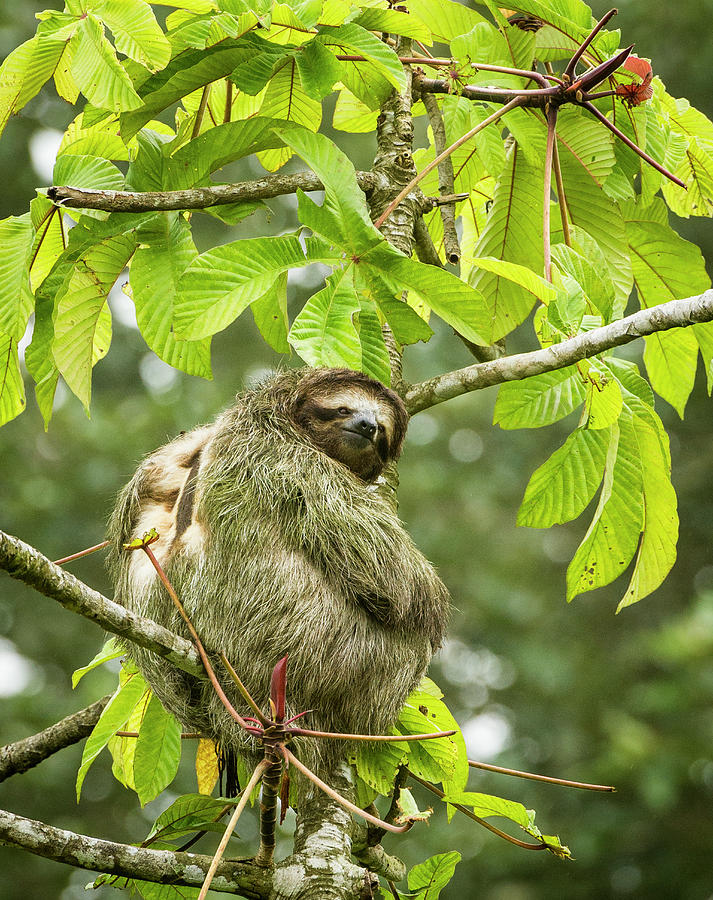
The three-toed sloth (family Bradypodidae) is also called the ai in Latin America because of the high-pitched cry it produces when agitated.
#SLOTH FACE SKIN#
Although heterothermicity makes sloths very sensitive to temperature change, they have thick skin and are able to withstand severe injuries.Īll sloths were formerly classified in the same family (Bradypodidae), but two-toed sloths have been found to be so different from three-toed sloths that they are now classified in a separate family (Megalonychidae). At this temperature the animals become torpid. Normally ranging between 25 and 35 ☌ (77 and 95 ☏), their body temperature may drop to as low as 20 ☌ (68 ☏). Physiologically, sloths are heterothermic-that is, they have imperfect control over their body temperature. Sloths descend to the ground at approximately six-day intervals to urinate and defecate ( see Sidebar: A moving habitat). The stomach is constantly filled, its contents making up about 30 percent of the sloth’s weight. The leafy food is digested slowly a fermenting meal may take up to a week to process. Sloths have large multichambered stomachs and an ability to tolerate strong chemicals from the foliage they eat. Observe the three-toed sloth eating foliage and moving about in its natural habitat, the tropical forest canopy See all videos for this article Generally nocturnal, sloths are solitary and are aggressive toward others of the same sex. Even then, they are able only to drag themselves along with their claws. As a result, sloths are completely helpless on the ground unless there is something to grasp. The limbs are adapted for suspending the body rather than supporting it. Although they possess colour vision, their eyesight and hearing are not very acute orientation is mainly by touch.

Sloths have long legs, stumpy tails, and rounded heads with inconspicuous ears. Three-toed sloths (family Bradypodidae) move in the same way but often sit in the forks of trees rather than hanging from branches.

Although two-toed sloths (family Megalonychidae) are capable of climbing and positioning themselves vertically, they spend almost all of their time hanging horizontally, using their large hooklike extremities to move along branches and vines. All six living species are limited to the lowland tropical forests of South and Central America, where they can be found high in the forest canopy sunning, resting, or feeding on leaves. Sloth, (suborder Folivora), tree-dwelling mammal noted for its slowness of movement.
#SLOTH FACE HOW TO#



 0 kommentar(er)
0 kommentar(er)
